-
 Bitcoin
Bitcoin $83,407.2371
-1.63% -
 Ethereum
Ethereum $1,823.1395
-3.06% -
 Tether USDt
Tether USDt $0.9997
-0.02% -
 XRP
XRP $2.0473
-2.23% -
 BNB
BNB $600.1100
-0.49% -
 Solana
Solana $119.7021
-3.88% -
 USDC
USDC $0.9998
-0.01% -
 Dogecoin
Dogecoin $0.1648
-3.39% -
 Cardano
Cardano $0.6519
-2.39% -
 TRON
TRON $0.2368
-0.66% -
 Toncoin
Toncoin $3.8129
-4.99% -
 UNUS SED LEO
UNUS SED LEO $9.3898
-0.23% -
 Chainlink
Chainlink $13.1549
-4.15% -
 Stellar
Stellar $0.2637
-1.07% -
 Sui
Sui $2.4035
1.65% -
 Avalanche
Avalanche $18.5674
-3.45% -
 Shiba Inu
Shiba Inu $0.0...01232
-0.30% -
 Hedera
Hedera $0.1654
0.03% -
 Polkadot
Polkadot $4.0578
-0.51% -
 Litecoin
Litecoin $82.9613
0.22% -
 MANTRA
MANTRA $6.3104
1.76% -
 Bitcoin Cash
Bitcoin Cash $301.4958
-1.14% -
 Bitget Token
Bitget Token $4.5444
-0.98% -
 Dai
Dai $0.9999
-0.01% -
 Ethena USDe
Ethena USDe $1.0000
0.02% -
 Pi
Pi $0.6681
-3.26% -
 Hyperliquid
Hyperliquid $12.3441
-5.68% -
 Monero
Monero $216.6690
-0.88% -
 Uniswap
Uniswap $5.9832
-2.69% -
 Aptos
Aptos $5.2233
-0.17%
How does a decentralized autonomous organization (DAO) achieve automated management?
Smart contracts automate DAO processes like treasury management and voting, while governance tokens enable member participation in decision-making, enhancing efficiency and transparency.
Apr 02, 2025 at 08:15 am
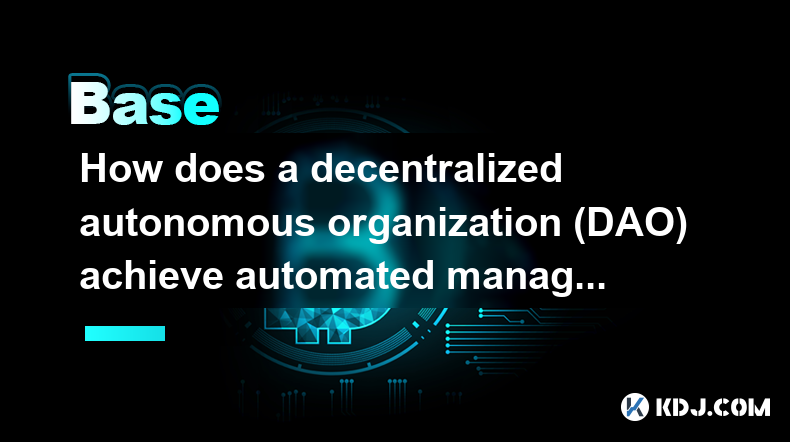
The Automation Engine of DAOs: Smart Contracts and Governance Tokens
Decentralized Autonomous Organizations (DAOs) aim for automated management, a stark contrast to traditional, centralized organizations. This automation is primarily achieved through the interplay of smart contracts and governance tokens. Smart contracts, self-executing contracts with the terms of the agreement directly written into code, form the backbone of DAO operations. These contracts automate various processes, eliminating the need for intermediaries. Governance tokens, on the other hand, empower token holders to participate in decision-making processes within the DAO.
Smart contracts are deployed on a blockchain, ensuring transparency and immutability. They define the rules and logic governing the DAO's operations, such as treasury management, proposal creation and voting, and member onboarding. When certain conditions are met, specified actions are automatically executed by the smart contract without human intervention. This automation reduces operational costs and enhances efficiency.
The governance tokens play a crucial role in the automated management process. Token holders, essentially DAO members, can propose changes to the DAO's operations, submit proposals for funding, or vote on existing proposals. The voting mechanism, often defined within the smart contract, determines the outcome of these proposals. A quorum, a minimum percentage of token holders required to participate in a vote, ensures a sufficient level of engagement. Once a proposal passes, the smart contract automatically executes the necessary actions.
Specific Examples of Automated Processes in DAOs
Many aspects of DAO management are automated. Let's delve into some specifics:
Treasury Management: Smart contracts can automatically allocate funds based on pre-defined rules or approved proposals. This eliminates the need for manual approvals and reduces the risk of human error. Funds are disbursed automatically upon successful completion of a project or reaching a pre-determined milestone.
Proposal Creation and Voting: Members can submit proposals through a user interface that interacts with the smart contract. The contract then automatically facilitates voting, counting votes, and executing the proposal if it passes the required threshold. This streamlined process ensures transparency and fairness in decision-making.
Member Onboarding and Offboarding: Smart contracts can automate the process of adding or removing members based on predefined criteria, such as token ownership or meeting specific requirements. This eliminates the need for manual approvals and simplifies membership management.
Grant Distribution: DAOs often fund projects or initiatives. Smart contracts can automatically release funds to grant recipients once specific milestones are achieved, as verified on-chain or through an oracle. This ensures accountability and timely disbursement of funds.
Reward Distribution: Smart contracts can automatically distribute rewards to contributors based on their contributions, as tracked and verified on-chain. This incentivizes participation and ensures fair compensation. This automated system promotes efficiency and transparency in rewarding contributions.
Limitations of Automated Management in DAOs
While automation offers significant advantages, it's crucial to acknowledge its limitations.
Complexity of Smart Contracts: Developing and auditing complex smart contracts requires specialized expertise and significant resources. Bugs or vulnerabilities in the code can lead to unintended consequences.
Dependence on Oracles: Some DAOs rely on oracles to feed external data into smart contracts. The reliability and security of oracles are critical to the DAO's functionality. Compromised oracles can lead to inaccurate information and flawed decision-making.
Lack of Human Oversight: While automation streamlines processes, complete reliance on automated systems can be risky. Human oversight is still necessary to address unforeseen circumstances and make critical decisions that require nuanced judgment.
Governance Challenges: DAO governance can be complex, particularly in larger organizations. Ensuring sufficient participation and resolving disputes effectively remains a challenge. Effective governance mechanisms are crucial to prevent conflicts and maintain the DAO's integrity.
Technological Limitations: The underlying blockchain technology's limitations can affect the scalability and performance of automated processes within the DAO. High transaction fees or slow transaction speeds can hinder efficient operations.
Frequently Asked Questions
Q: What are the benefits of automated management in DAOs?
A: Automated management in DAOs offers increased efficiency, reduced operational costs, enhanced transparency, and improved security through the use of smart contracts and immutable blockchain technology.
Q: How do governance tokens contribute to DAO automation?
A: Governance tokens enable token holders to participate in decision-making processes, submitting and voting on proposals. The smart contracts then automatically execute the decisions based on the voting results.
Q: What are the risks associated with automated management in DAOs?
A: Risks include smart contract vulnerabilities, dependence on potentially unreliable oracles, and the need for human oversight to handle unforeseen circumstances and complex governance issues.
Q: Can all aspects of a DAO be automated?
A: While many aspects of DAO management can be automated, some require human judgment and intervention. Complete automation is not always feasible or desirable.
Q: How can DAOs mitigate the risks associated with automated management?
A: Rigorous smart contract audits, use of reputable oracles, establishment of robust governance mechanisms, and incorporating human oversight are crucial for mitigating risks.
Disclaimer:info@kdj.com
The information provided is not trading advice. kdj.com does not assume any responsibility for any investments made based on the information provided in this article. Cryptocurrencies are highly volatile and it is highly recommended that you invest with caution after thorough research!
If you believe that the content used on this website infringes your copyright, please contact us immediately (info@kdj.com) and we will delete it promptly.
- Grayscale Launches Two New Bitcoin-Themed Exchange-Traded Funds (ETFs) Targeting Income Generation
- 2025-04-03 10:15:21
- China Discovers Massive 1,000-Ton Gold Deposit in Its Northeast
- 2025-04-03 10:15:21
- Fidelity Investments introduces an individual retirement account (IRA) that permits private investors to invest in cryptocurrencies
- 2025-04-03 10:10:13
- President Donald Trump Announces Sweeping Reciprocal Tariffs on Global Imports and Declares April 2, 2025, “Liberation Day”
- 2025-04-03 10:10:13
- The price of Solana (SOL) is desperately trying to remain above important support levels amid increasing pressure
- 2025-04-03 10:05:13
- Ethereum (ETH) is again in the limelight, since technical indicators indicate bullish and network activities to a possible turnaround.
- 2025-04-03 10:05:13
Related knowledge
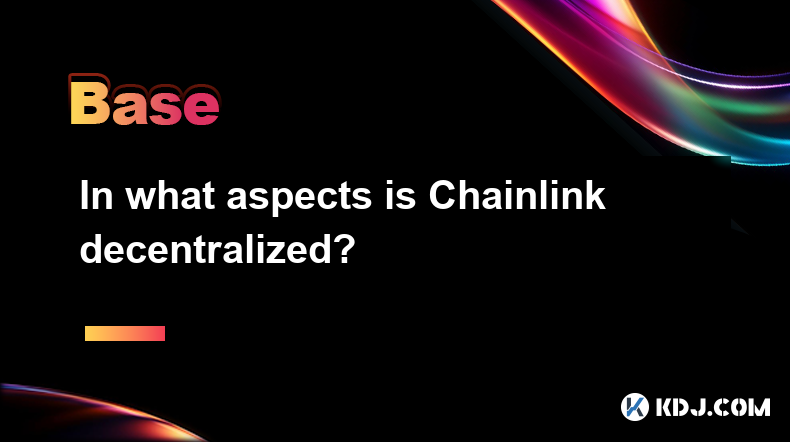
In what aspects is Chainlink decentralized?
Apr 02,2025 at 05:49pm
Chainlink is a decentralized oracle network that plays a crucial role in connecting smart contracts on blockchain networks with real-world data. Its decentralization is reflected in multiple aspects, ensuring the network's security, reliability, and integrity. This article delves into the various ways Chainlink achieves decentralization, including its n...
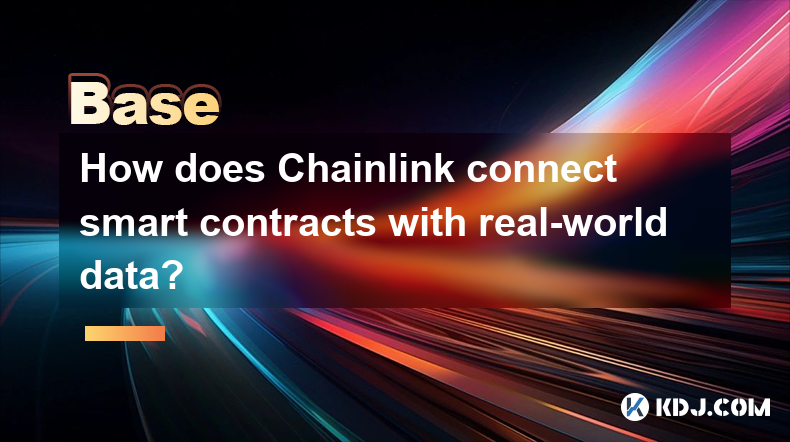
How does Chainlink connect smart contracts with real-world data?
Apr 02,2025 at 03:56pm
Chainlink is a decentralized oracle network that plays a crucial role in connecting smart contracts on blockchain platforms with real-world data. Smart contracts are self-executing contracts with the terms of the agreement directly written into code, but they can only interact with on-chain data. To access real-world data, such as stock prices, weather ...
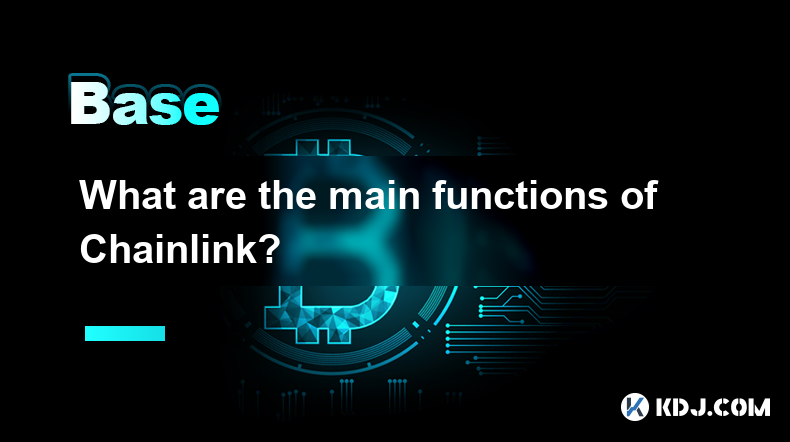
What are the main functions of Chainlink?
Apr 02,2025 at 11:49pm
Chainlink is a decentralized oracle network that plays a crucial role in connecting smart contracts with real-world data and external APIs. The primary function of Chainlink is to facilitate the seamless integration of off-chain data into on-chain smart contracts, enabling them to execute based on real-world events and information. This integration is v...

How does Chainlink work?
Apr 03,2025 at 01:50am
Chainlink is a decentralized oracle network that connects smart contracts with real-world data and external APIs. It plays a crucial role in the blockchain ecosystem by enabling smart contracts to interact with data outside their native blockchain environment. This connectivity is essential for smart contracts to execute based on real-world events and d...
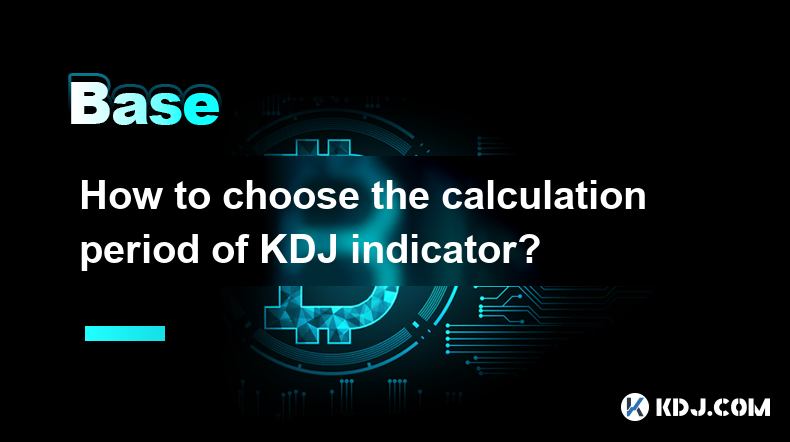
How to choose the calculation period of KDJ indicator?
Apr 02,2025 at 01:00pm
The KDJ indicator, also known as the Stochastic Oscillator, is a popular technical analysis tool used by cryptocurrency traders to identify potential buy and sell signals. The calculation period of the KDJ indicator is crucial in determining its effectiveness in predicting market trends. In this article, we will explore the factors to consider when choo...
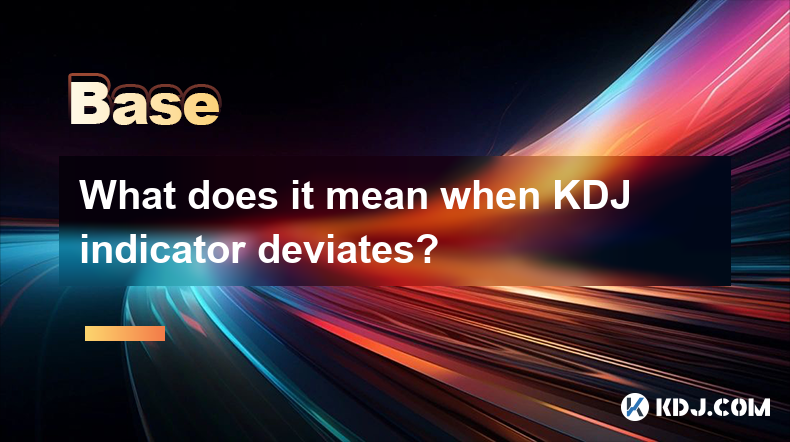
What does it mean when KDJ indicator deviates?
Apr 01,2025 at 03:08pm
The KDJ indicator, also known as the Stochastic Oscillator, is a popular technical analysis tool used in the cryptocurrency market to predict price movements. When the KDJ indicator deviates, it means that the current price of a cryptocurrency is moving away from its typical range, as indicated by the KDJ lines. This deviation can signal potential trend...

In what aspects is Chainlink decentralized?
Apr 02,2025 at 05:49pm
Chainlink is a decentralized oracle network that plays a crucial role in connecting smart contracts on blockchain networks with real-world data. Its decentralization is reflected in multiple aspects, ensuring the network's security, reliability, and integrity. This article delves into the various ways Chainlink achieves decentralization, including its n...

How does Chainlink connect smart contracts with real-world data?
Apr 02,2025 at 03:56pm
Chainlink is a decentralized oracle network that plays a crucial role in connecting smart contracts on blockchain platforms with real-world data. Smart contracts are self-executing contracts with the terms of the agreement directly written into code, but they can only interact with on-chain data. To access real-world data, such as stock prices, weather ...

What are the main functions of Chainlink?
Apr 02,2025 at 11:49pm
Chainlink is a decentralized oracle network that plays a crucial role in connecting smart contracts with real-world data and external APIs. The primary function of Chainlink is to facilitate the seamless integration of off-chain data into on-chain smart contracts, enabling them to execute based on real-world events and information. This integration is v...

How does Chainlink work?
Apr 03,2025 at 01:50am
Chainlink is a decentralized oracle network that connects smart contracts with real-world data and external APIs. It plays a crucial role in the blockchain ecosystem by enabling smart contracts to interact with data outside their native blockchain environment. This connectivity is essential for smart contracts to execute based on real-world events and d...

How to choose the calculation period of KDJ indicator?
Apr 02,2025 at 01:00pm
The KDJ indicator, also known as the Stochastic Oscillator, is a popular technical analysis tool used by cryptocurrency traders to identify potential buy and sell signals. The calculation period of the KDJ indicator is crucial in determining its effectiveness in predicting market trends. In this article, we will explore the factors to consider when choo...

What does it mean when KDJ indicator deviates?
Apr 01,2025 at 03:08pm
The KDJ indicator, also known as the Stochastic Oscillator, is a popular technical analysis tool used in the cryptocurrency market to predict price movements. When the KDJ indicator deviates, it means that the current price of a cryptocurrency is moving away from its typical range, as indicated by the KDJ lines. This deviation can signal potential trend...
See all articles
























































































